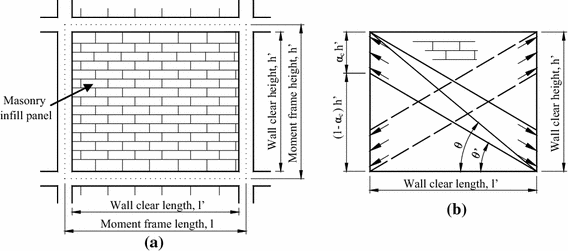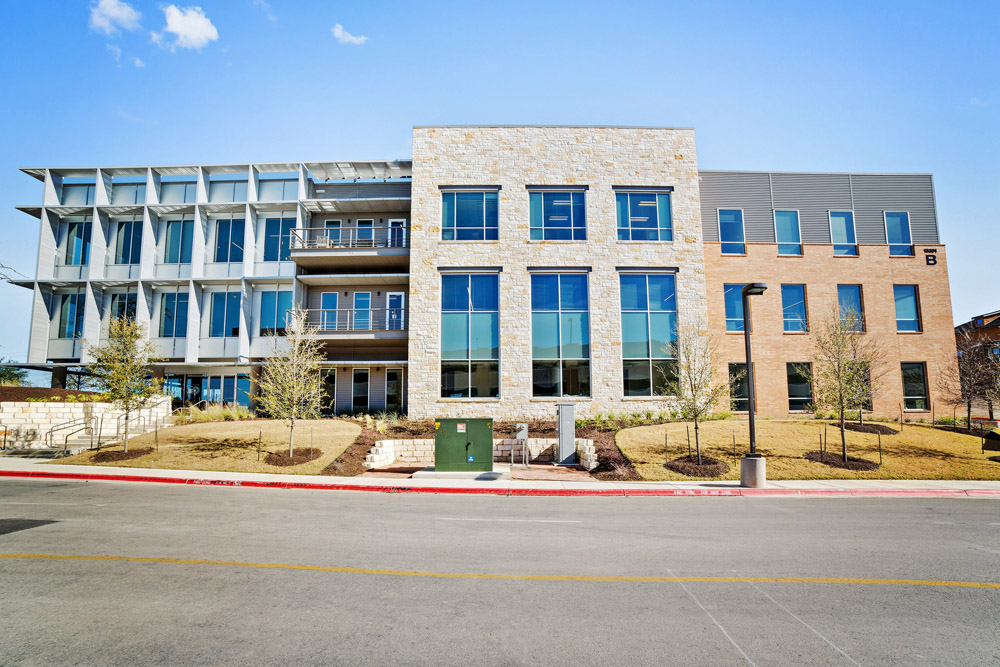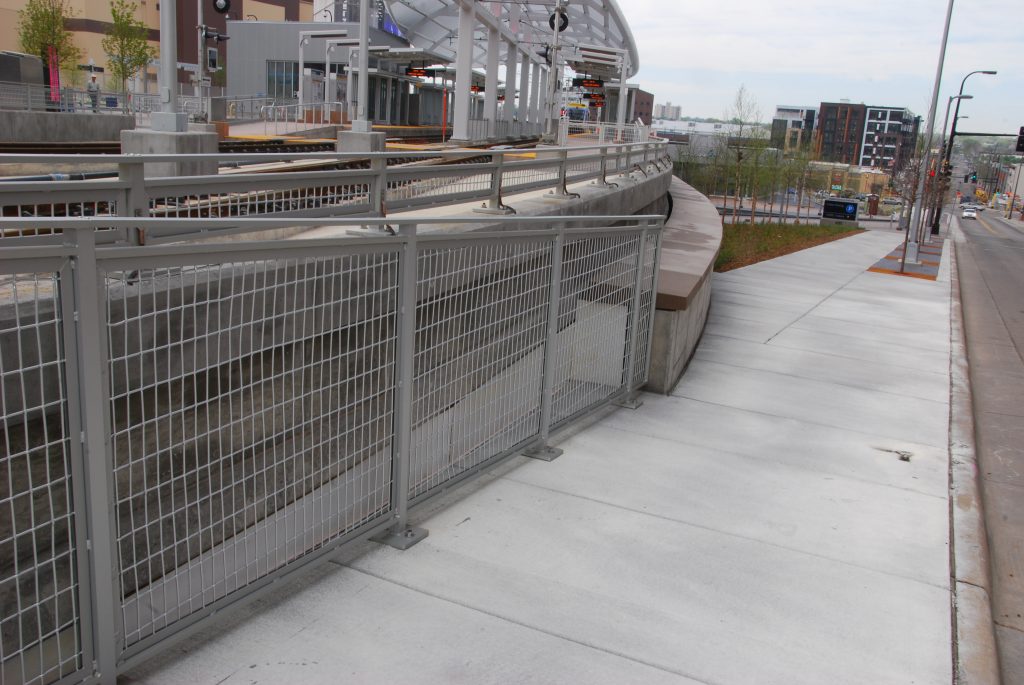An Unbiased View of Steel Infill Panels
Table of ContentsSteel Infill Panels Things To Know Before You BuySteel Infill Panels Things To Know Before You BuyAn Unbiased View of Steel Infill PanelsAll About Steel Infill Panels
Infill wall surfaces are normally set up on website as private components that are pre-cut to length but they can be pre-fabricated as huge panels with the cladding already connected. The same parts might be used for interior separating wall surfaces, but here the major concerns are fire resistance and also acoustic insulation as opposed to resistance to.loading. A small internal stress is made use of in the style of inner separating walls. @&&h2@ [top]
Kinds of
Top Guidelines Of Steel Infill Panels


Light steel mounted infill wall surfaces @&&/h3@ In multi-storey mounted building, it is currently typical technique to utilize light steel infill walls to produce a rapid completely dry envelope to support the exterior cladding. The very same kind of building and construction might be used as separating or compartment walls in between various components of the structure. The use of light steel infill wall surfaces may be related to steel or concrete mounted building and construction. Light weight, rate and simplicity of setup are important constructional advantages that have brought about the rapid increase being used of this kind of building.
The light steel components utilized in infill wall surfaces includes C sections and U sections of.
The Facts About Steel Infill Panels Revealed
75 to 150 mm depth that are cold roll-formed from galvanized steel strip of 1. steel infill panels. 2 mm thickness defined to BS EN 10346. The galvanizing( zinc layer) gives excellent sturdiness. The C sections are placed at 400 or 600mm spacing and also sets of C areas might be used beside big openings. Wall surface panels can be pre-fabricated as storey-high units or, much more commonly, are site set up from C sections that are supplied cut-to-length. The second method is commonly the only option in improvement applications where tolerances in the initial construction have to be suited. Site assembled light steel wall surfaces in a steel mounted structure Pre-fabricated light steel infill wall surface panels in a steel framed structure Infill wall surfaces contain a lower' track' affixed to the floor as well as a top' track' connected to the bottom of the floor over. This movement is important in concrete frames, where 2 to 3 mm reducing of the concrete framework per flooring can occur with time along with typical architectural motions. The upright C areas are created to cover 2. 4 to 5m between floorings, as well as to stand up to wind tons or various other lots in bending. The horizontal C sections above and listed below the windows transfer loads back to the upright More Bonuses C areas. A couple of layers of' fire-resistant' plasterboard( adapting to BS EN 520, Type F) to the inner face offer as much as 90 mins fire resistance to the light steel infill wall. @&&h3@ [leading] Light steel separating wall surfaces @&&/h3@ learn the facts here now Pre-fabricated light steel wall surface panels Light steel separating walls utilize similar parts to.
light steel infill wall surfaces and also are made use of to offer acoustic splitting up and fire compartmentation between tenancies or unique parts of the structure. For both of these functions, dual layers wall surfaces are generally defined in order to attain the required acoustic depletion between occupancies. The architectural loading for inner walls is relatively reduced and also is typically taken into consideration to correspond to an inner pressure of 0. 5 k, N/m . The C areas are generally much thinner than in external walls( usually 0. steel infill panels. 9mm thick )and acquire some benefit of the tightness of the plasterboard chosen the exterior. Partitions are not called for to have.
acoustic or fire features therefore are single leaf wall surfaces making up C sections of 55 to.
A Biased View of Steel Infill Panels
90mm depth, relying on the wall elevation, with solitary layers of plasterboard on each side. @&&h3@ [top] Masonry infill wall surfaces @ & &/ h3 @. Walls created from clay bricks or concrete blocks are the typical form of infill wall construction. Nevertheless, making use of block-work infill wall surfaces has reduced recently since it is a messy as well as time consuming site operation, and calls for a big quantity of products handling. From a design factor of sight, enhancing blog posts are required beside huge window openings, as the stonework is not completely solid to withstand the high neighborhood wind lots alongside these openings. @&&h3@ [top] Concrete infill wall surfaces @&&/h3@ Pre-cast concrete infill wall panels Concrete infill wall surfaces are typically in the type of huge precast concrete panels that are storey high and usually of a width determined by the column spacing. These large panels might be leading hung or lower sustained. They generally birth onto the flooring piece

making use of a boot setup, and also are bolted back to the framework on the level over or below. Important panels might be dressed in other visit this site right here products( commonly concrete panels are dressed in stone). Panel weights of approximately 300kg/m are normal, with panel widths of between 3 and also 9m and also height of 3. 2m. The maximum size of panel is limited by transportation considerations and crane training ability( both on website and at the concrete jobs). 15 to 20 tonnes are regular maximum weights of precast concrete panels. @&&h3@ [top]. Hardwood mounted infill wall surfaces @&&/h3@ Lumber infill walls utilize typical timber areas of 90.
and also 140mm depth to span 2. 4 to 3. 6m between floors and also are similar in kind to light steel infill wall surfaces. Hardwood sections are cut to size as well as are placed at 400 mm or 600 mm spacing. The disadvantage of wood in contrast to steel is that it is not as solid and also it is not possible to utilize it in tall wall surfaces or in wall surfaces with big openings. @&&h2@ [top] Benefits of light steel infill and separating walls @&&/h2@